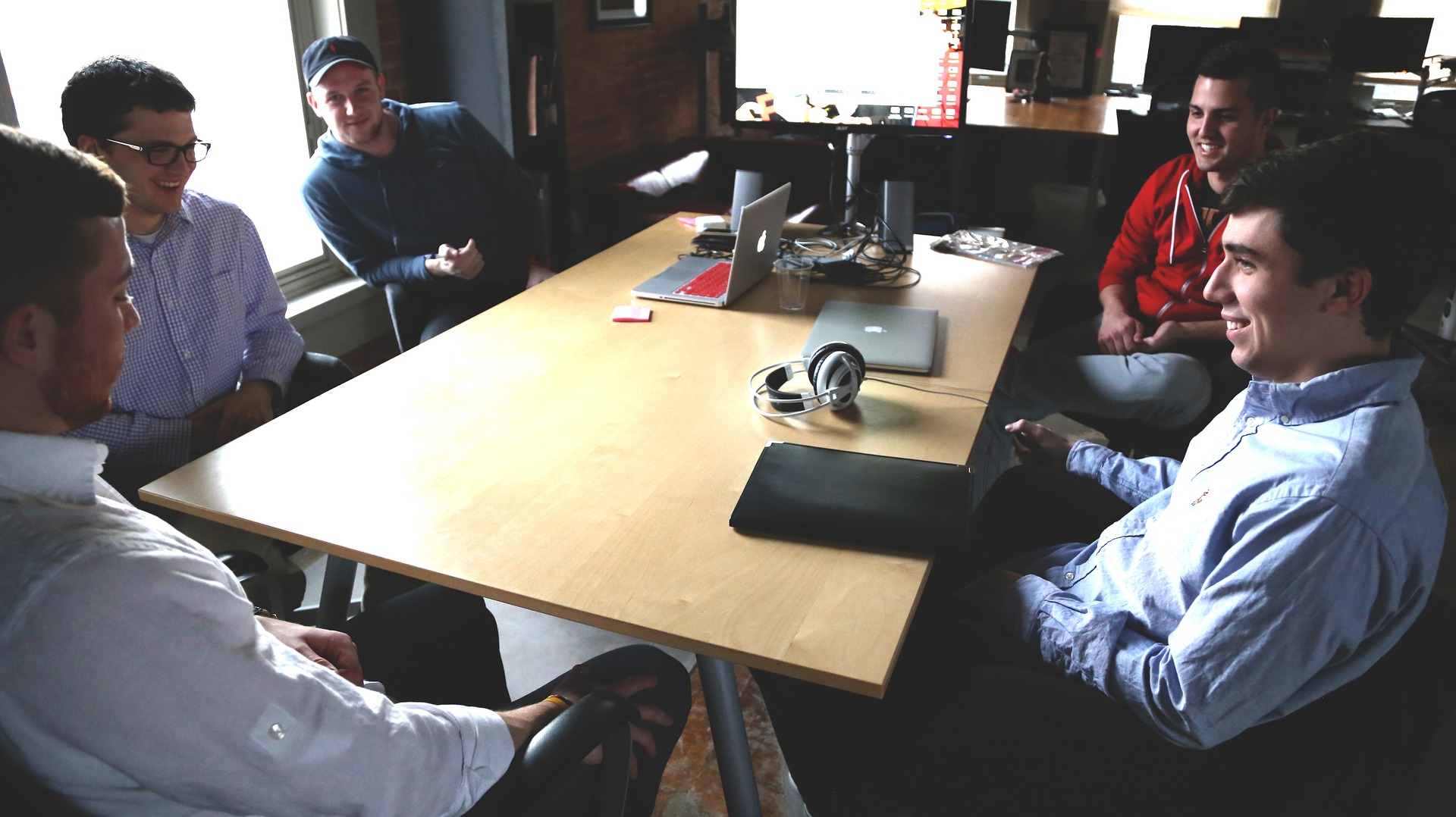How to run a meeting is something that can be as easy as riding a bicycle to as complicated as putting together an engine. Entire books can be written on this subject and one could spend their entire career in meetings and still not be an expert. So needless to say, this single blog post is just a start, and similar to most things in life, the best way to get better at something is to actually do it to gain experience.
The best place to start in running a meeting is setting your frame of mind. In most cases the person who organized the meeting is also the facilitator. This denotes someone who's acting as a leader, maybe a conductor or even a navigator. Your purpose in this role is to lead the meeting attendees from a start to end point through the course of time that is the meeting itself.
As the person who organized the meeting, you both figuratively and literally own the agenda and what will be discussed. This agenda is your roadmap and should have been crafted with a purpose and tangible achievements to be met(e.g. discussions, decisions, etc.) If you're of the type to want to gamify the things in your life, then the game is to make it to the end of the meeting, covering all the topics you've outlined, all while doing so under a time clock that is the meeting duration. This is the core base premise and for extra achievements once you have sufficient skills, you can tack on additional efforts such as ensuring all attendees are actively engaged, get similar time to talk, the activities such as Ice Breakers help build the team and that everyone walks away feeling that the time invested in the meeting was worthwhile.
And if running the meeting was a quest, then you'll have some helpers along the way to help you succeed. These are the folks that you've assigned roles to help with taking the minutes (Scribe), watching the time (Time Keeper), ensuring that topics stay on track (Referee), etc. If you rely upon these folks to help you along, you can more acutely focus on the agenda items and get through, at times difficult or even energetic discussions amongst the attendees.
Remember that although the meeting is owned by you, the attendees are your guests and should be treated in a similar fashion to anyone you invite to your home for coffee. You'll want to make sure everyone is as comfortable as possible in the meeting and are set in the right frame of mind to succeed. As a facilitator you will need to stay attuned to each participant, who's doing well and who might be having a bad day so that you can successfully navigate the meeting.
Before you know it, time will be up and the meeting will conclude. It's on you to call or close the meeting and set expectations for what comes next, whether it's the meeting minutes or if a follow up meeting will be held. If you focus on the craft of running a meeting, with each successive iteration you should find that things will get easier and the meetings become more productive as you hone your skills.
